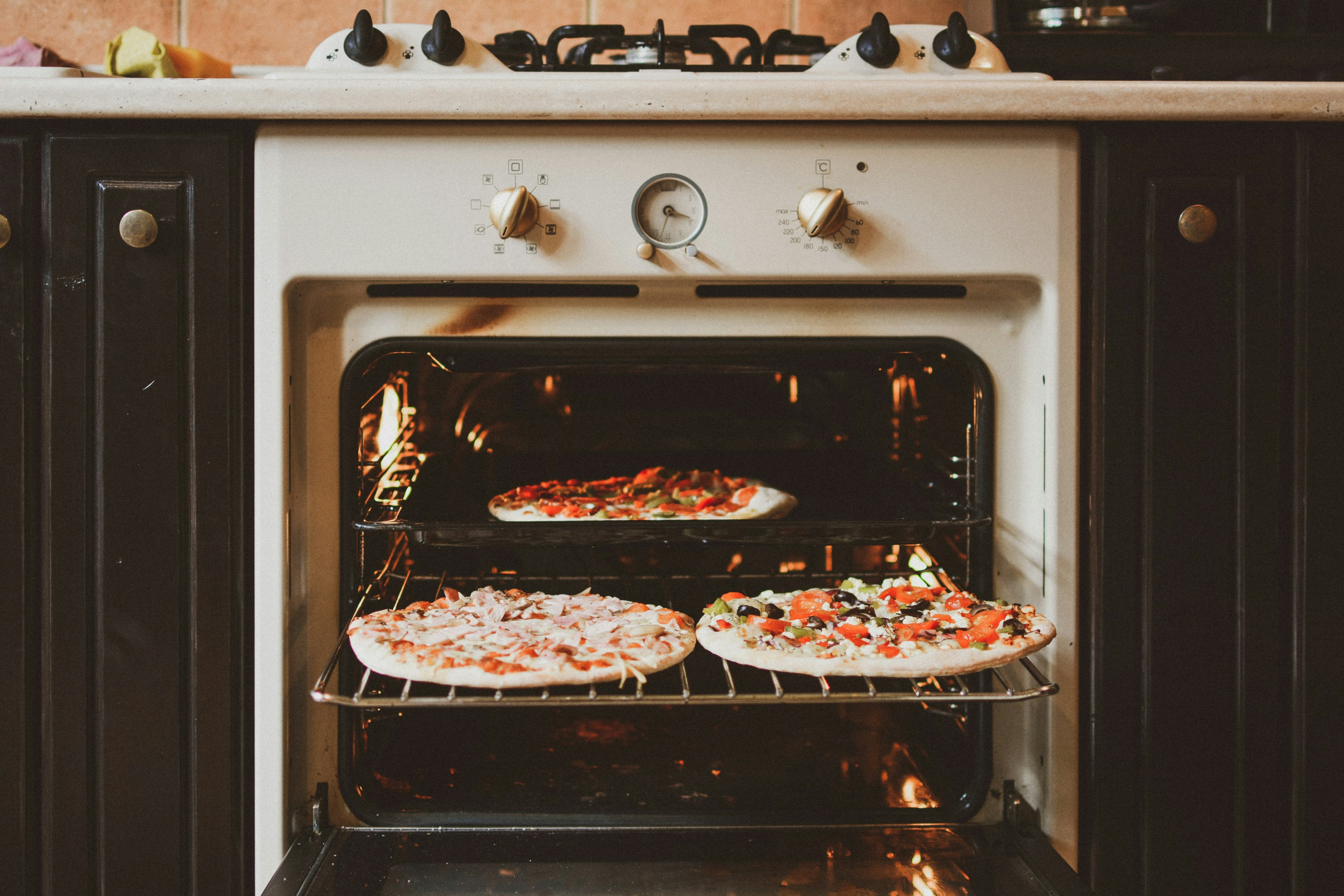
Heat Resistant Sealant for Oven Doors: What You Should Know
Agnes
- 0
Introduction to Heat Resistant Sealant for Oven Doors
When it comes to cooking, your oven is one of the most essential tools in your kitchen. But did you know that a small yet crucial component can significantly affect its performance? Enter heat resistant sealant for oven doors! This unsung hero ensures that your oven operates safely and efficiently while preventing heat loss. If you’re wondering why this product should be on your radar, stick around as we explore everything you need to know about heat resistant sealants. From their importance to how you can apply them yourself, you’ll soon discover why they are vital for every home chef.
Why is it important to use a heat resistant sealant?
Using a heat resistant sealant for oven doors is essential for several reasons. First, it prevents heat from escaping during cooking. This insulation helps maintain optimal temperatures, ensuring your food cooks evenly and efficiently.
A proper seal also keeps smoke and odors contained within the oven. This not only enhances your cooking experience but also protects your kitchen environment from unwanted smells.
Furthermore, a good sealant acts as a barrier against moisture and grease build-up. Over time, these elements heat resistant sealant can lead to deterioration of the door materials or even damage to internal components.
Safety is another critical factor. A compromised seal can pose risks such as gas leaks in certain ovens or increased fire hazards due to excessive heat exposure. Prioritizing the right sealant ensures both functionality and peace of mind while you cook.
Types of heat resistant sealants available
When it comes to heat resistant sealants for oven doors, there are several types to choose from. Silicone-based sealants are popular due to their flexibility and durability. They can withstand high temperatures while providing excellent adhesion.
Another option is ceramic-based sealants. These offer superior thermal resistance and are ideal for environments with extreme heat exposure. They’re often used in industrial settings but can also be beneficial for home ovens.
Acrylic sealants provide a balance between affordability and performance. While they may not handle as much heat as silicone or ceramic options, they still offer decent protection in lower-temperature applications.
You might encounter specialty fire-resistant sealants designed specifically for high-heat areas like fireplaces or stoves. These products often come with unique formulations that enhance safety and longevity under intense conditions.
Factors to consider when choosing a heat resistant sealant

When selecting a heat resistant sealant for oven doors, consider the temperature rating. Ensure the sealant can withstand high temperatures without degrading.
Next, evaluate its chemical resistance. You want a product that won’t break down when exposed to common kitchen substances like oils and cleaning agents.
The application method matters too. Some sealants come in tubes for easy caulking, while others may require special tools or techniques. Choose one that fits your project needs.
Look at curing time as well. A faster-curing option allows you to get back to cooking sooner, but ensure it still offers adequate adhesion and durability.
Check for any certifications or ratings from trusted organizations. This ensures you’re investing in a quality product designed specifically for high-heat environments like ovens.
How to apply a heat resistant sealant on your oven door
Applying a heat resistant sealant to your oven door is straightforward and effective. Start by ensuring the area is clean and dry. Remove any old sealant using a putty knife or scraper for a smooth surface.
Next, cut the tip of the sealant tube at an angle. This allows for better control during application. Load it into a caulking gun, which makes handling easier.
Apply a steady bead along the edge where the door meets the frame. Ensure you cover gaps evenly without overfilling, as this can cause excess sealant to ooze out when closing the door.
Smoothen the bead with your finger or a tool designed for this purpose. Make sure there are no air bubbles trapped within; they can compromise effectiveness later on.
Allow sufficient time for curing based on product instructions before using your oven again to ensure optimal performance and safety.
Tips for maintaining and replacing the sealant

Regular maintenance of your heat resistant sealant can extend its life and ensure optimal performance. Start by inspecting the seal periodically for any signs of wear or damage. Look for cracks, gaps, or peeling that could compromise its effectiveness.
When cleaning around the oven door, use gentle cleaners to avoid degrading the sealant. Harsh chemicals can weaken it over time.
If you notice deterioration, it’s crucial to replace the sealant promptly. Remove old material carefully with a putty knife or scraper to prevent damaging surrounding surfaces.
Before applying new heat resistant sealant, ensure that all surfaces are clean and dry. This guarantees proper adhesion and longevity of the new layer.
After application, let it cure fully as per manufacturer instructions before using your oven again. Patience here pays off in safety and efficiency!
Conclusion: Importance of using a heat resistant sealant for safety and longevity of your oven
Using a heat resistant sealant for oven doors is essential for both safety and the longevity of your appliance. Proper sealing prevents heat loss, helping your oven maintain its temperature more efficiently. This not only saves energy but also enhances cooking performance.
A reliable seal keeps harmful gases inside the oven where they belong, reducing risks associated with gas leaks or fire hazards. It contributes to a safer kitchen environment, protecting you and your loved ones.
Moreover, regularly applying and maintaining this sealant can extend the life of your oven. By ensuring that air doesn’t escape through gaps or deteriorating seals, you’re investing in better functionality over time.
Choosing the right product and applying it correctly can make all the difference in how well your oven performs. It’s an easy step that pays off significantly by enhancing safety measures and ensuring optimal performance for years to come. Prioritizing the use of quality heat resistant sealants will lead to a more efficient kitchen experience overall.

